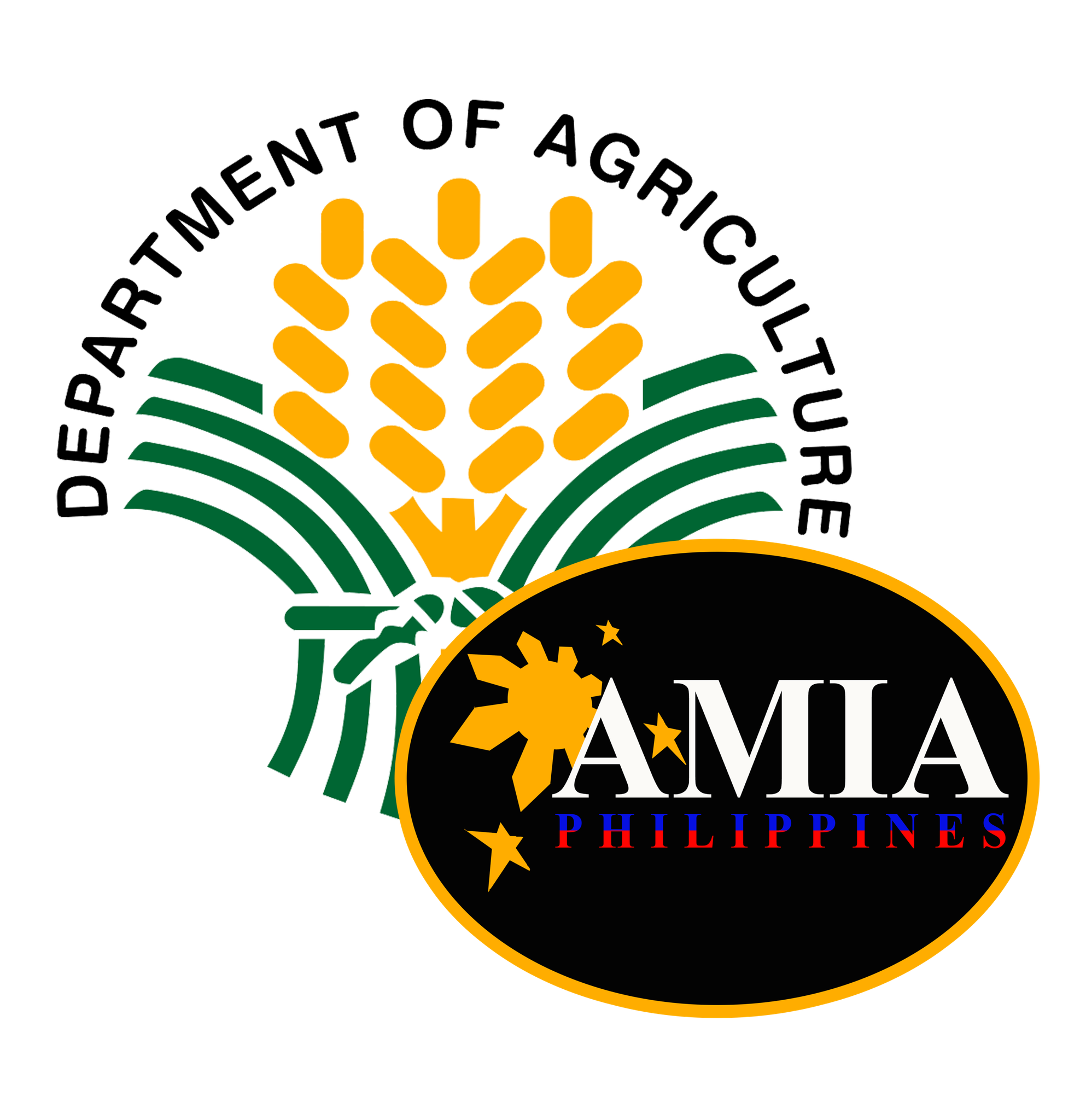Regional focal persons and teams of the Department of Agriculture (DA) Adaptation and Mitigation Initiative in Agriculture (AMIA) Program reviewed their performance for the first half of the year and shared best practices in the AMIA Program implementation during the FY 2024 Midyear Assessment held from June 25 to 28, 2024 in Tagbilaran City, Bohol.
Organized by the DA Climate Resilient Agriculture Office (CRAO) and the DA Regional Field Office VII AMIA Team, the event provided a platform for evaluating the program’s progress, exchanging knowledge on various aspects of AMIA Program implementation, and sharing of current climate-resilient agriculture (CRA) initiatives among AMIA regional focal points and teams.
Engr. Edgar Luardo from the Office of Acting Governor Dionisio Victor Balite of the Province of Bohol graced the event. He expressed gratitude and anticipation for future initiatives aimed at supporting agricultural development in the area. To welcome the participants to Bohol, the Office of Acting Governor Balite also provided special performances from Bohol-based dance group, Win Art.
During the performance review, CRAO Planning Officer Rae Michael Barbosa presented the physical and financial performance of each AMIA regional team during the first semester of FY 2024. The presentation underscored the accomplishments and the challenges encountered by each team in meeting the targets and executing the activities outlined under the AMIA Program. Meanwhile, CRAO Planning and Budget Officer Wendy Dunasco provided updates on the AMIA budget utilization, with AMIA Region 5 emerging as the top performer for the period, earning recognition for its consistent and exceptional performance. AMIA Region 5 was followed by AMIA Regions 8 and 2 for the second and third spots, respectively. AMIA Region 10 emerged in the fourth place, while AMIA Region 1 secured the fifth spot.
AMIA accomplishments and various CRA initiatives
In her opening message, DA CRAO and AMIA Program Director Alicia G. Ilaga provided updates on the AMIA program’s various initiatives, including the implementation of the Adapting Philippine Agriculture (APA) to Climate Change Project, and the Accelerating Climate Resilience in Agriculture, Natural Resources, and the Environment (ANRE) Asian Development Bank (ADB) Technical Assistance Project. Director Ilaga also presented the accomplishments of the AMIA Program as of June 2024, highlighting how it facilitates the fulfillment of DA’s climate-action strategies. These strategies include assessing vulnerabilities to climate change, understanding the impacts of the weather and climate on agriculture, and the provision of direct farming community assistance to build climate-resilient communities through the AMIA Program approach.
This was followed by a detailed discussions of the latest policy issuances on climate change, including Special Order No. 703, series of 2024, which operationalizes the CRAO in the DA for a transformative management of climate action which was discussed by DA CRAO Senior Technical Officer Perla G. Baltazar; Department Order No. 08, series of 2024, focusing on gender-sensitive action plans for climate resilient agriculture discussed by Project Development Officer Jannell Talavera; and Department Order No. 09, series of 2024, which addresses the expansion of the climate information services nationwide, which was discussed by Project Development Officer Zelzo Dela Cruz.
Meanwhile, Mr. Jonathan Austria, Data Management Specialist from UPLB Foundation, Inc., presented the various knowledge products of the Agro Climatic Advisory Portal (ACAP), an online web application that automatically captures weather forecasts to easily generate farming and fishing advisories and recommendations. Additionally, Mr. Rollie Osayan, developer of the National Color-Coded Agricultural Guide (NCCAG) Map system and now an ADB TA Consultant, introduced the centralized ACAP system and the Automated Climate Risk Vulnerability Assessment (CRVA) System.
An ADB TA study which models the productivity and economic effects of climate change, highlighting adaptation and mitigation potentials, was also presented during the activity by CRAO Planning and Communications Officer Ms. Joy Calvar-Adarayan.
Development of CRA Packages of Technologies
During the event, Director Ilaga underscored the importance of aligning with DA Secretary Francisco Tiu-Laurel Jr’s directives to enhance climate-risk based interventions and support services. She emphasized the need to establish CRA packages of interventions based on the result of Climate Risk Vulnerability Assessment (CRVA) to serve as a guide for DA national and regional programs for deploying interventions tailor-fitted to areas considering their exposure to hazards, crop sensitivity, and adaptive capacities.
In line with this, CRAO facilitated a workshop on the development of AMIA CRA Packages for climate-risk based deployment of interventions. CRAO Planning Officer Jatlie Talon led the workshop, which included the identification of appropriate CRA interventions per province, ecosystem, and city/municipality.
Conduct of a Knowledge Exchange Session on AMIA program implementation
Another highlight of the AMIA Midyear Assessment was the conduct of a Knowledge Exchange Session on the sharing of best practices on the AMIA program implementation, identification of challenges, and surfacing solutions that work.
Facilitated by CRAO’s Ms. Adarayan, the session included five rounds of simultaneous discussions on five table with five topics: CRVA/NCCAG, CIS, AMIA Villages and AMIA CREATE, Policy Advocacy and Communications, and Program Management.
Each topic had a pre-identified sharer of best practice. AMIA Region 4A was tasked to share their best practices in utilizing decision-support tools in regional plans and programs, while AMIA Region 6 was assigned with the sharing of their best practices on delivering climate information. AMIA Regions 2 and 10, on other hand, were given the opportunity to discuss their best practices in the setting up and maintenance of AMIA villages and scaling up to business enterprises. Meanwhile, AMIA Region 11 shared their expertise on policy advocacy and communications, specifically, on how they promote AMIA to various stakeholders and mainstream the program within the DA and LGUs. Finally, AMIA Regions 5 and 8 led the discussion on AMIA program management, specifically on planning, budgeting, monitoring, and evaluation. Aside from the best practices, recurring issues and concerns as well as solutions that work were also surfaced in the discussions during the session.###
